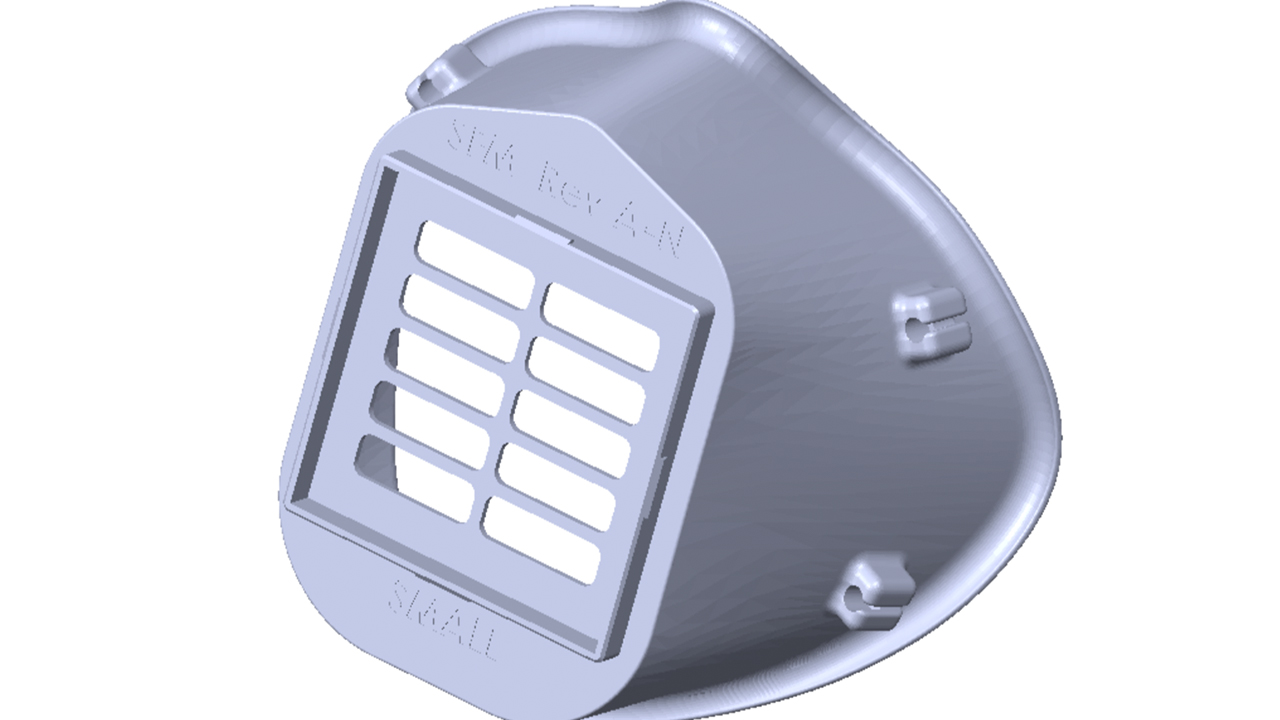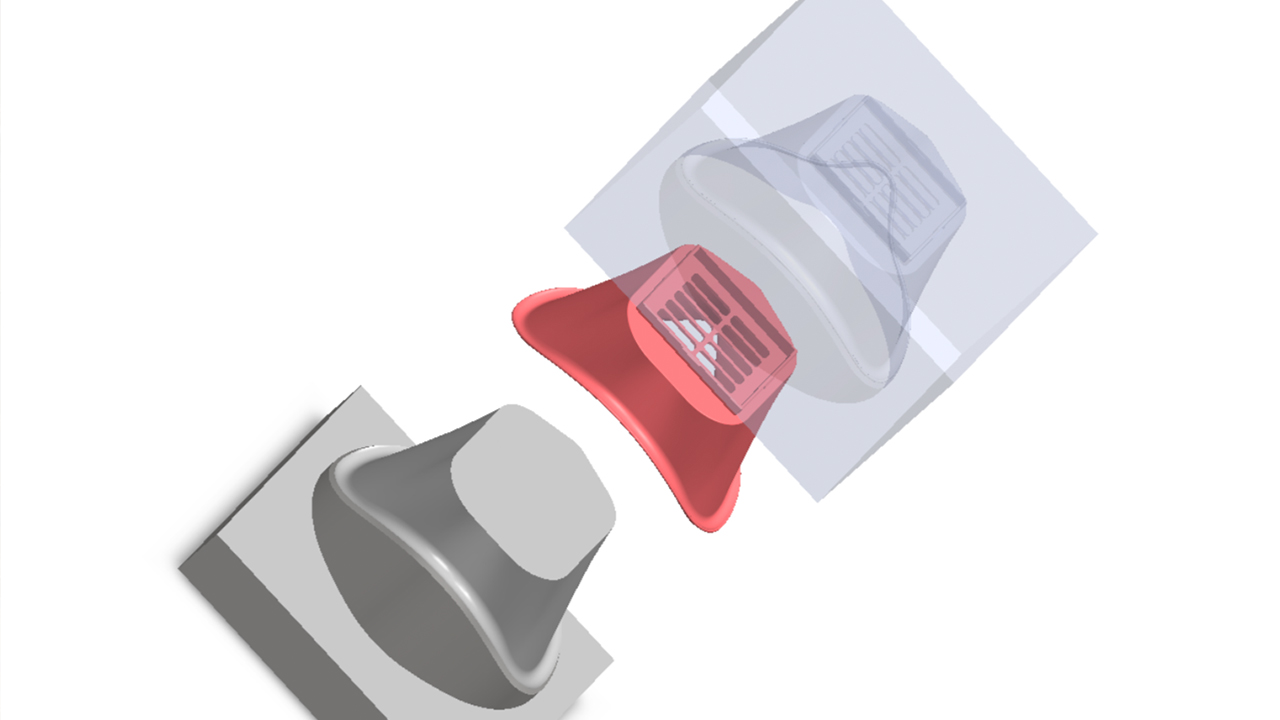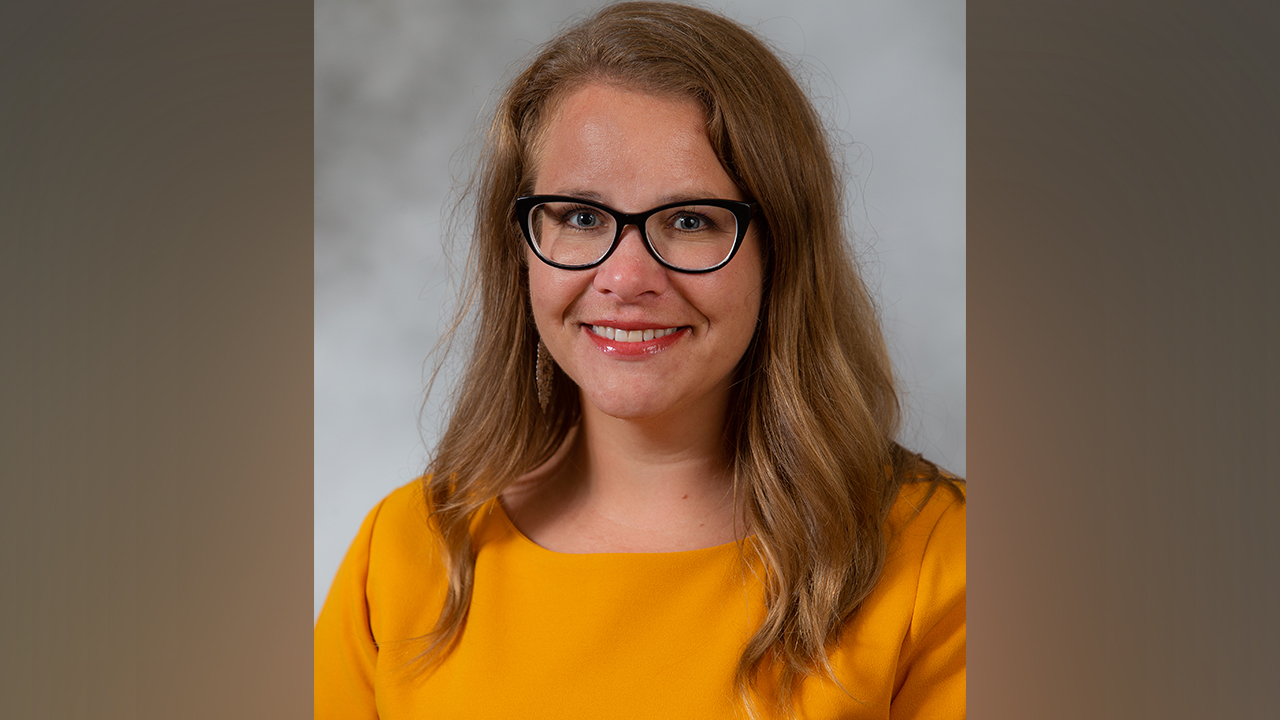


To help combat the shortage of personal protective equipment during this COVID-19 crisis, Dr. Jodi Prosise, chair of the University of Wisconsin-Platteville Department of Mechanical and Industrial Engineering, and a team of undergraduate researchers are designing a system to turn recycled plastic into respiratory face masks. Prosise, along with mechanical engineering students Jason Hackbarth, Rkia Talbi and Mackenzie Darkow, were initially working on a process to create prosthetic devices, but once the coronavirus hit, they transitioned to personal protective equipment.
“It’s a system for recycling that will be easy for anyone to build themselves; in rural communities in Wisconsin, the Midwest or third-world areas,” said Prosise. “By the end we will have simple instructions so anyone can construct this system to recycle their plastic into face masks.”
To help with their prototype, the group has been researching masks approved by the National Institute of Health. They are hoping to come up with a solution resembling the benefits of a N95 mask.
“We have the design for our shredder complete,” said Darkow, a junior mechanical engineering major from Hartland, Wisconsin. “We are now looking at how to make the molds for the mask. If we learn how to make the molds, hopefully, we can send them to a company to be mass produced.”
The process of conducting undergraduate research from home does bring some challenges, but according to Prosise her students are rising to the occasion.
“At first, coordinating and figuring out how we were still going to build things was difficult, but once we connected with the lab and shop staff at UW-Platteville, who were really willing to help out, it has become such a great experience. Not only are they helping with the build, but they are also helping to teach my students how to communicate their ideas better, which is important in engineering,” Prosise said. “They are walking through step-by-step with them on how to make the drawings easy for everyone to understand, how to put it together and how to drop a work order. They are learning communications skills better than they ever would have had we not been in alternative mode.”
Darkow notes that it’s rewarding to apply both her interests of mechanical and biomedical engineering. “I can make an impact whether small or big on helping other people,” she said. “It’s what drew me to the biomedical engineering emphasis. I love engineering, I always have. Being able to know I can actually help people and know it can save one or two people from getting the virus.”
As the spring semester wraps up, the research team will continue to follow its timeline. “We are hoping to have our system designed within the next two months,” said Prosise. “After that we will do testing of the product to make sure it is viable. Right now, with COVID-19, the materials for the testing are on back order. We won’t get those until two months out. Our goal is to have everything manufactured by the time we can do the testing. By the end of summer, we should have a system in place.”
Although, it’s a challenging and unknown time with the COVID-19 pandemic, Darkow said she’s grateful for this opportunity.
“Being able to work in undergraduate research and work on something that can actually help people that I’m generally passionate about is exciting,” she said. “It allows me to understand what paths I can take in the future. I’m a first-generation college student. Going into a master’s program was never really on my radar. Working with the research and understanding I can take it to the next step and continue doing research has definitely made me realize maybe that’s what I want to do in my future.”
In the meantime, this project will not be stopping anytime soon. “The research will go on for a very long time, whether it’s for COVID-19 masks or other devices,” said Prosise. “The real passion and real drive here is to figure out how to reduce plastic waste in the world and use it for good purposes, particularly in the medical world.”